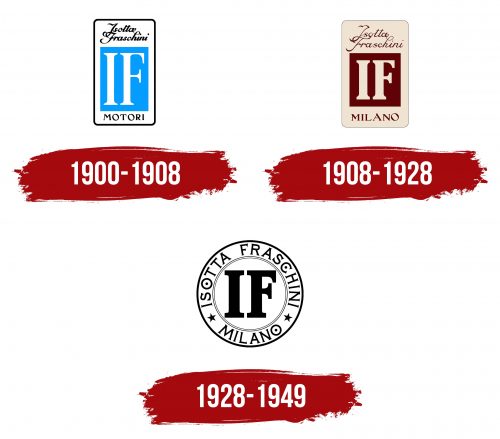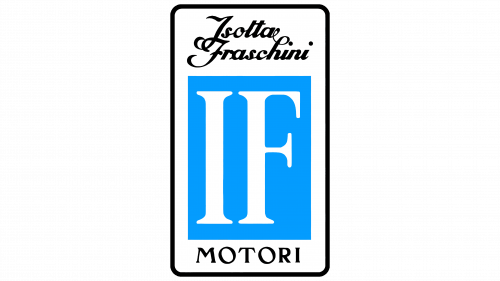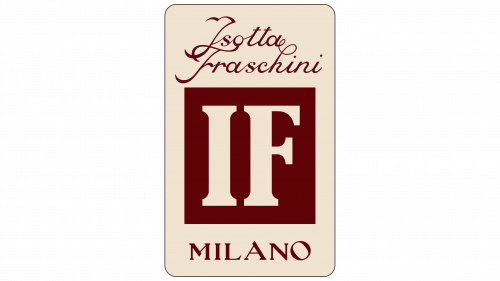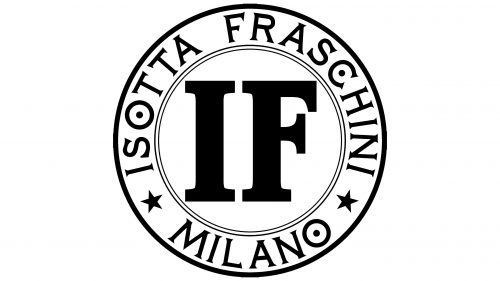The Isotta Fraschini logo is like a seal of quality, guaranteeing safe trips and years of reliable service. Each model is a perfect hit, making the company’s cars always among the market leaders and winners, as emphasized by the emblem.
Isotta Fraschini: Brand overview
Isotta Fraschini was born in Milan in 1900 through the joint efforts of Cesare Isotta and the Fraschini brothers – Vincenzo, Antonio, and Oreste. Initially known for its luxury cars and powerful aircraft engines, the firm carved a niche among the elite. In the 1910s and 1920s, the automaker’s name became synonymous with luxury and power, especially with famous models such as the Tipo 8 and Monterosa, which were often customized to suit the tastes of royalty and high society.
During the interwar 1930s and 1940s, the company continued to create exclusive luxury cars, producing exceptional models such as the Flying Star and 8C Monterosa. However, production remained fairly limited, with only a few hundred examples produced yearly. Despite its success in this niche, the post-World War II era presented challenges to Isotta Fraschini’s automobile company. Although aircraft engine production continued to be successful, the company produced only a small number of automobiles in the late 1940s and early 1950s.
A significant shift occurred in 1955 when Isotta Fraschini merged with engine manufacturer Breda Motori. The combined Isotta Fraschini-Breda company specializes mainly in boat and aircraft engines. This turn marked the end of an era of luxury car production: in 1954, the company produced its last car, the Monterosa SS Coupe.
Today, Isotta Fraschini is known primarily for its luxurious and powerful automobiles of the early 20th century and its formidable aircraft engines. Although the company has existed for more than half a century, it has never regained the illustrious status it once enjoyed in producing luxury cars.
Meaning and History
1900 – 1908
The first emblem of Isotta Fraschini resembled an entrance sign, conveying a sense of hospitality and openness. Inside a black border on a white background, the founders’ names, Cesare Isotta and Vincenzo Fraschini, were written in large, ornate capital letters. The elegant loops and curved letters connected the names, symbolizing their joint effort in creating the company. The cursive font highlighted their individuality and creative potential.
Below, in block letters, the word “MOTORI” indicates the company’s primary focus on creating engines for ships and airplanes. Besides this, Isotta Fraschini was involved in repairing and producing luxury cars, aiming for a leading position in this industry.
The initials of the founders’ last names were placed on a central blue square. This square symbolized the blue sky of Milan, the city where the company was founded. The square’s blue color evoked the sky and the limitless opportunities ahead for the company.
1908 – 1928
After merging with the French company Lorraine-Dietrich, the Isotta Fraschini logo’s color scheme changed. The white background became cream, and the blue color replaced red. These changes highlighted a new phase in the brand’s history, symbolizing its renewal and expanded capabilities.
The alliance with Lorraine-Dietrich helped Isotta Fraschini gain more popularity by leveraging the experience and reputation of its well-known partner. Lorraine-Dietrich had a long history of participating and winning in various competitions, which boosted trust in the brand and its products. This collaboration enabled Isotta Fraschini to create a sports car that met high market standards.
The font of the founders’ names became thinner, reflecting the transition under a new brand and a new era of management. This refined font emphasized elegance and sophistication while maintaining the company’s traditions.
Instead of the word “MOTORI,” the logo now featured the company’s location in Milan. This move highlighted the brand’s pride in its origins and connection to the historical center of automobile manufacturing.
1928 – 1949
The Isotta Fraschini emblem features a circular seal with a bold “IF” in the center. The “IF” has strong rectangular serifs, making it stand out. Around this, the company name and “MILANO” are written with triangular serifs, adding a different style. Two five-pointed stars separate these inscriptions. The logo uses black and white colors, giving it a retro look.
The bold “IF” in the middle draws attention and gives a sense of strength and reliability. The rectangular serifs add a unique character to the letters, making them memorable. The triangular serifs on the company name and “MILANO” provide a refined contrast, adding depth and elegance.
The stars symbolize quality and excellence. The black and white color scheme enhances the logo’s sophistication and timelessness. The circular design ties everything together, creating a unified and complete image.
The Isotta Fraschini emblem, with its bold central “IF,” contrasting fonts, and retro style, effectively conveys strength, quality, and elegance. Stars and a classic color scheme make the logo distinctive and timeless.







